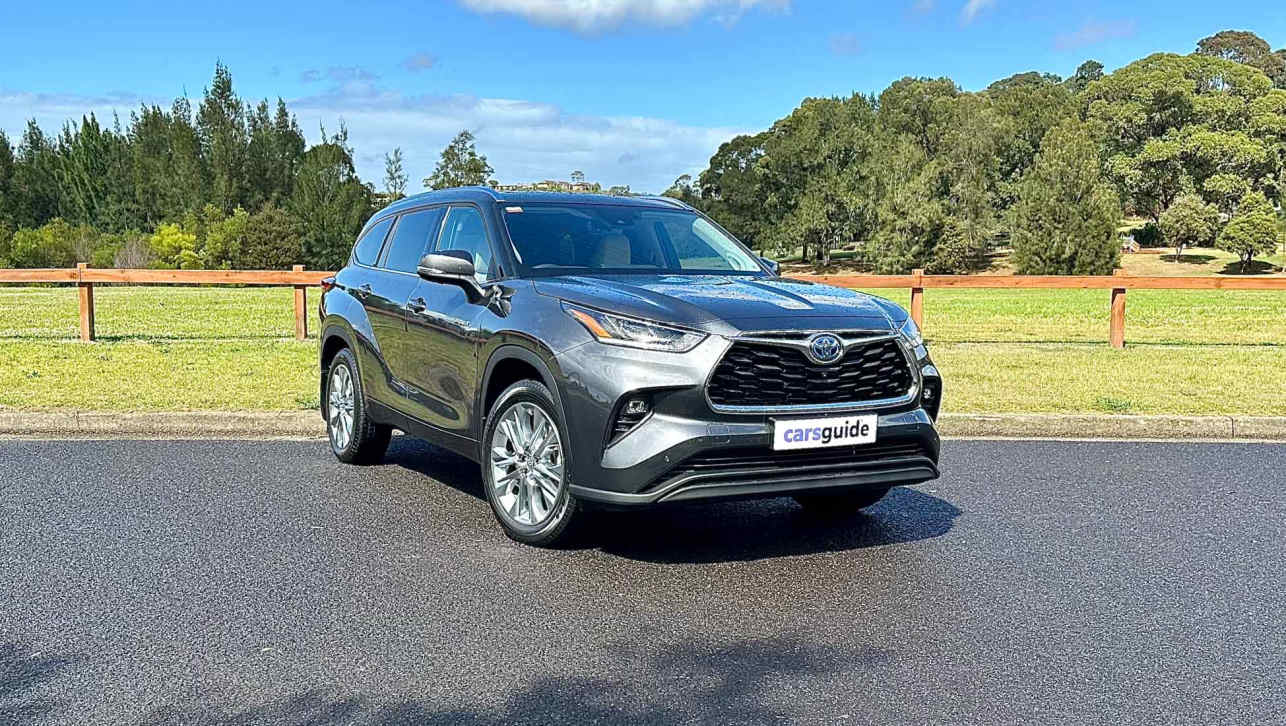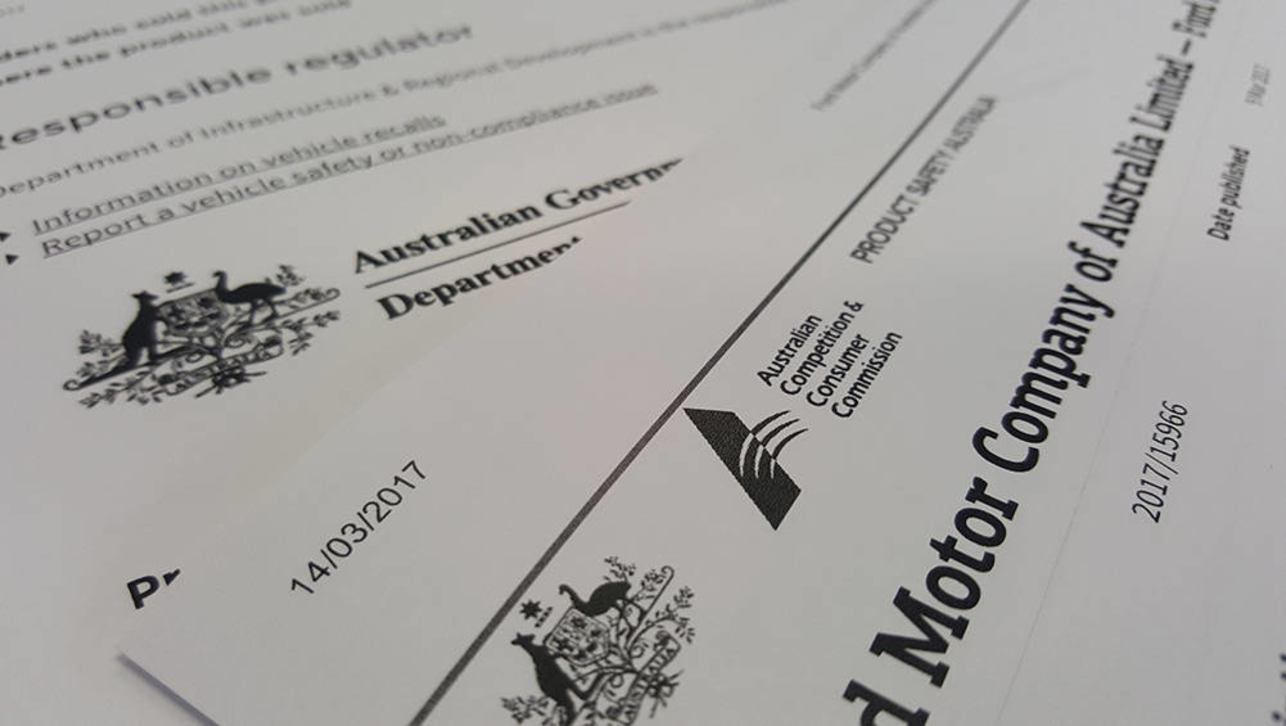In the big scale of things, German company ZF has its interests spread right across the board from small car componentry to supplying heavy truck items such as transmissions, steering systems and suspensions. There’s no doubting the technical ability of the company or its products so when it releases a new electric steering system for the passenger car market it’s fair to assume that other larger systems are under development for the commercial vehicle industry.
The latest Volkswagen Golf Mark VI is fitted with what ZF calls Servolectric® electric power steering. This is the third generation of the Servolectric by ZF Steering Systems and what it offers the vehicle owner is an overall reduction in fuel use by 0.31 litres/100km when compared to hydraulic power assisted systems.
This electro-mechanical steering system is a 50:50 joint venture between Robert Bosch GmbH and ZF Friedrichshafen AG and requires energy only when the driver is actually steering. For those interested in a greener and cleaner environment ZF has produced statistics showing that with a production figure of almost seven million units already in the marketplace, annual savings of 210 million litres of fuel on a total global basis can be contributed to the introduction of the Servolectric steering system. This relates to overall savings amounting to 498 000 tons of CO2. (assuming an average of 10 000 km driven each year per vehicle).
The Servolectric's steering mechanism is based on the principles of a rack-and-pinion steering, which, in the case of the electro-mechanical power steering, is linked to high-performance electronics. As soon as the driver performs a steering motion, the corresponding steering torque and speed are registered by sensors. From this data, the control unit computes the required steering support within milliseconds; then, via a worm gear or a ball-and-nut gear, the servomotor transfers the optimum servo torque to the steering column, pinion, double pinion, or gear rack of the mechanical rack-and-pinion steering system.
In use since its introduction in 2002, the electric power steering system also has further advantages to offer by way of the space-saving installation thanks to the elimination of the oil pump and the hosing.
The new Servolectric generation can be networked with a huge variety of external systems. Thus, the entire range of information recorded in terms of the steering wheel angle is made available to other systems, such as the ESP or the adaptive chassis and suspension control system. A particularly high level of driving safety is ensured at Volkswagen thanks to the “Lane Assist” track-keeping assistant as well as the “Side Assist” line/track-change assistant.
As the system data inter-acts with the electronic controls already on the vehicle it can alert the driver in relation to the need for action as the result of a particular driving activity and intervene, by means of optical, acoustic, or feedback (haptic) signals, to recommend counter-steering motion to the driver.







.jpg)
.jpg)
.jpg)

.jpg)








.jpg)






Comments